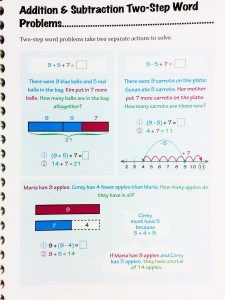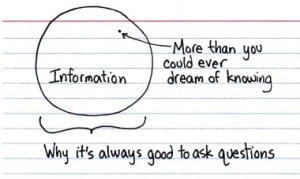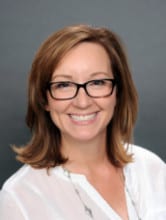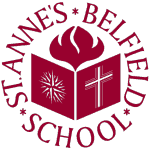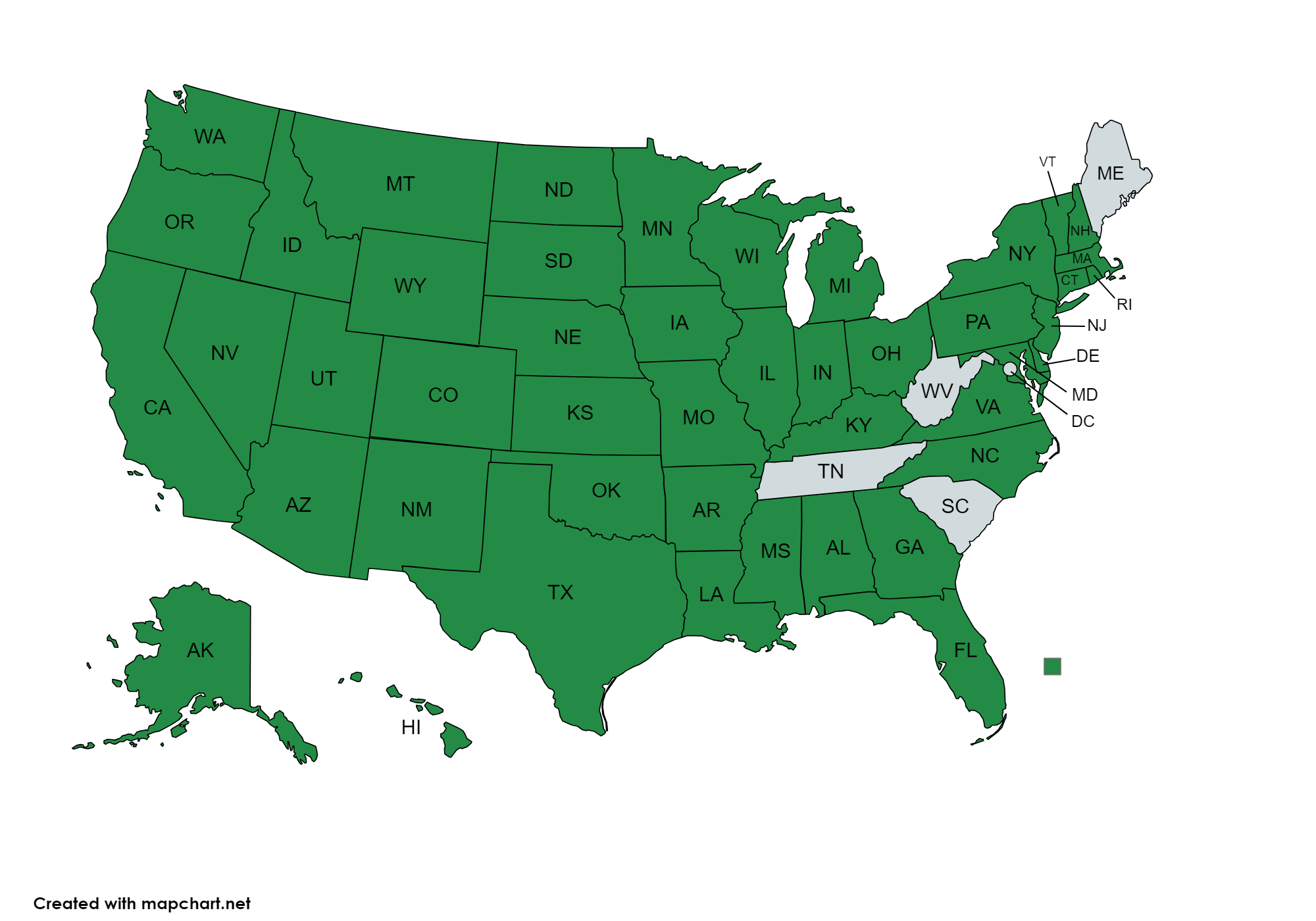This week, I’m attending the 2015 Annual Meetings of the National Council of Supervisors of Mathematics (NCSM) and the National Council of Teachers of Mathematics (NCTM) in Boston. I presented Strip Models, Tape Diagrams, and Bar Models, Oh My! at NCSM on Tuesday and will do a similar session at NCTM on Thursday. I’m excited to share some resources that are now available!
 New bar modeling tool! Conceptua Math has a beta version of their bar model tool available to review. Check it out at http://www.bit.ly/barmodeltool.
New bar modeling tool! Conceptua Math has a beta version of their bar model tool available to review. Check it out at http://www.bit.ly/barmodeltool.
They welcome your feedback.
 Greg Tang has a fun fact automaticity practice app – and it’s a game! And there are iPad apps! Visit Greg Tang Math for Kakooma. Greg claims the record for the addition puzzle is 8 seconds, set by a student.
Greg Tang has a fun fact automaticity practice app – and it’s a game! And there are iPad apps! Visit Greg Tang Math for Kakooma. Greg claims the record for the addition puzzle is 8 seconds, set by a student.
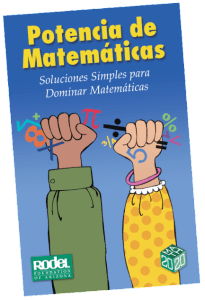 Rodel Foundation in Arizona has released a fabulous new book that schools will want in their library: Math Power: Simple Solutions for Mastering Math. This handbook is full of visuals and is written in English and Spanish. Here’s a page chock full of great definitions and pictorial models:
Rodel Foundation in Arizona has released a fabulous new book that schools will want in their library: Math Power: Simple Solutions for Mastering Math. This handbook is full of visuals and is written in English and Spanish. Here’s a page chock full of great definitions and pictorial models:
Handouts from my sessions:
NCSM: #232 Strip Models Tape Diagrams Bar Models Oh My!
NCTM: #126 Strip Models Tape Diagrams Bar Models Oh My!
